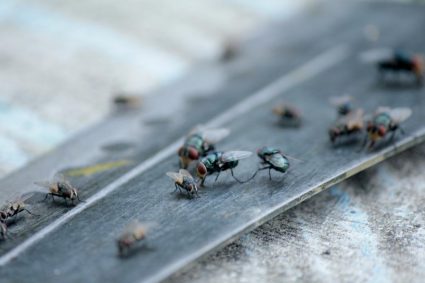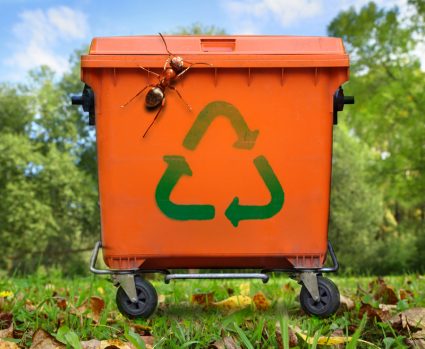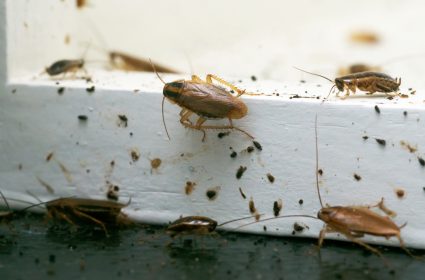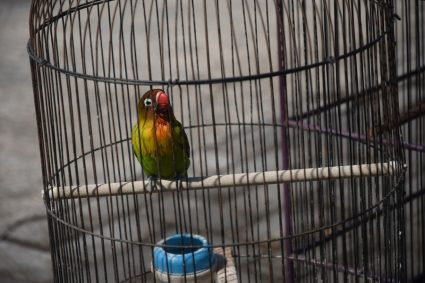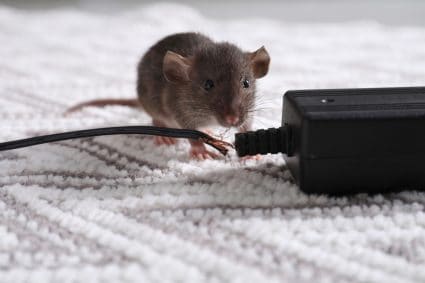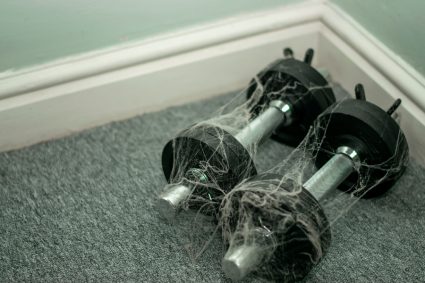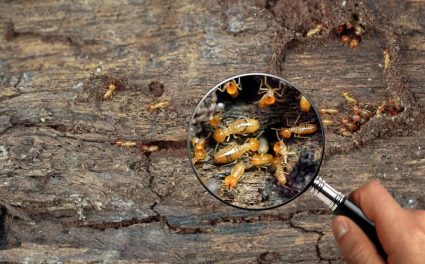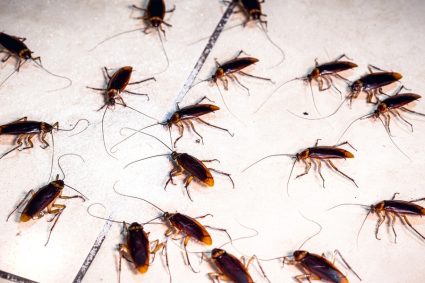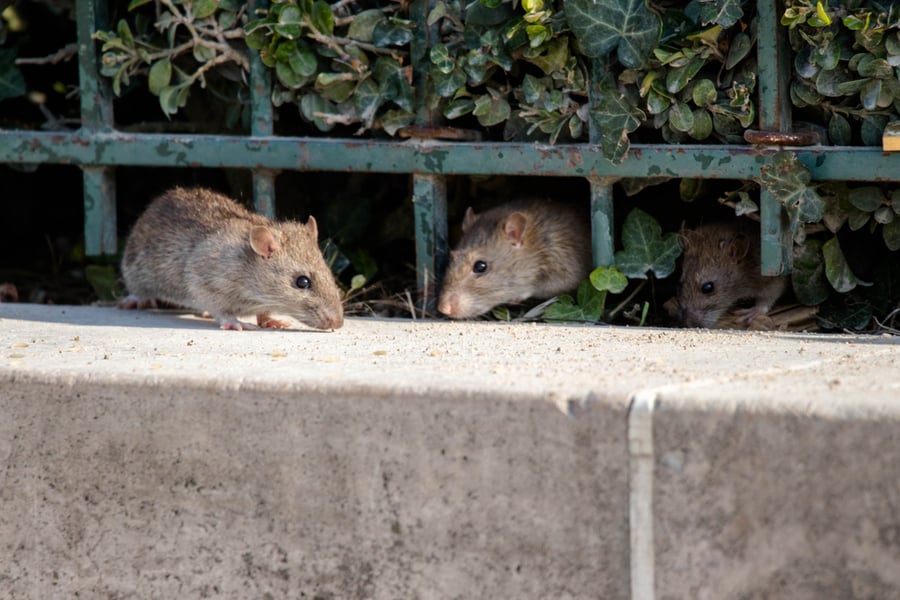
Many popular rat repellents in the market are made from chemicals called rodenticides. They are often more effective in repelling rats than homemade DIY strategies.
With the rise in the number of chemical-based repellents selling in the market, many find it hard to tell which would best resolve their rat infestation problem.
This led us to research the chemicals with the highest potency level in deterring rats.
In this guide, we present a list of these potent chemicals and how to apply each to keep rats away permanently.
Rats use their powerful sense of smell to find food and safer hiding spots. These rodents can survive in unpleasant environments like dustbins and sewers.
Thus, it takes a more potent smell to keep them away. These include predators’ smells and the harsh smell of strong chemicals.
Below are some chemicals with proven potency in repelling rats:
- Ammonia
- Naphthalene
- Bleach
These three chemicals are the top choices of many professional rat exterminators in resolving infestation problems. You can read the guide to learn how to use them.
In this article, we will discuss rodenticides and their chemical contents that keep rats at bay. Also, we will walk you through a step-by-step guide on how to apply each to keep rats away. Let’s get into it!
What Are Rodenticides?
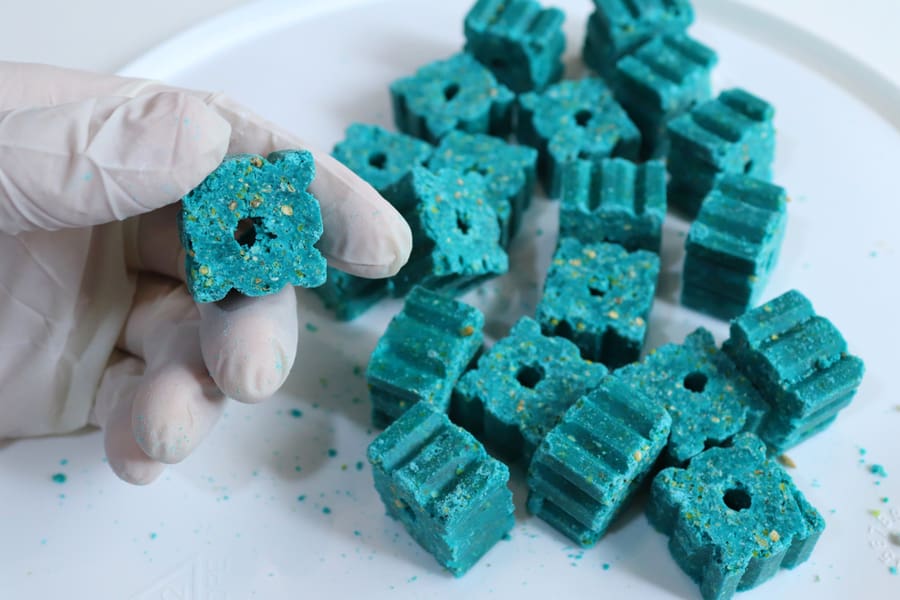
Otherwise called rat poison, rodenticides are chemicals that target rodents like rats.
These chemicals typically cause internal bleeding and prevent the rat’s blood from clotting, resulting in death.
Some of these chemicals, like white arsenic and cyanide, come in powder form. They are then mixed with bait and left in the direction of rats.
These rodents are drawn to the bait’s scent, which is often something they love, like cheese or bread.
Rodenticide poisoning typically follows the eating of poisoned bait. Some common symptoms are seizures, hyperactivity, weakness, and eventual death.
But not all chemicals are ingestible. For some, their smell makes rats uncomfortable and sends them running in another direction.
The downside with these chemical repellents is that they are toxic chemicals.
So, caution is advised when using them with pets and children around.
3 Chemicals That Repel Rats
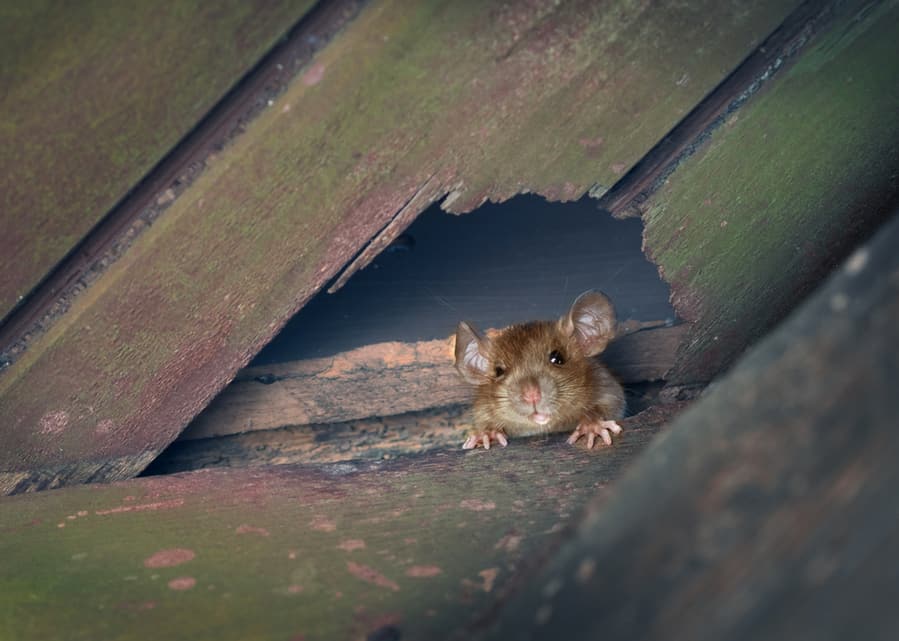
Let us now consider some popular chemical rat repellents:
1. Ammonia
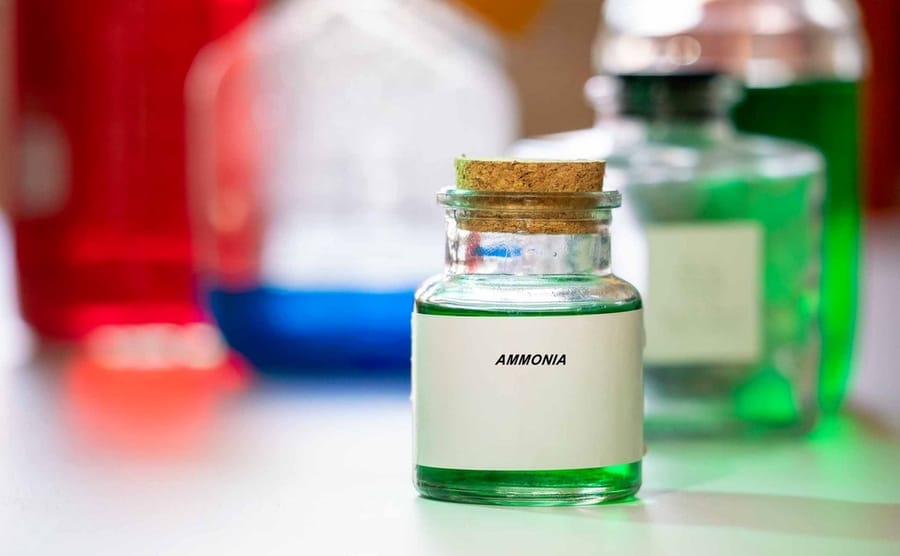
Ammonia is an effective chemical rat repellent because it mimics the scent of common rat predators. It is made from a combination of hydrogen and nitrogen, which produces a colorless gas.
Ammonia is a common ingredient found in most fertilizers and cleaning products. If you have perceived this smell before, you will know how offensive it is to smaller animals.
It reminds rats of their predators, deceiving them into thinking one is nearby. As a result, the rat will try to stay away from the offending smell.
There are many ways to use ammonia against these pesky critters. One of these is to pour the chemical around areas with rat activity.
An alternative is to mix it with some detergent and water in a bowl. Drop the mixture in the problem areas and wait.
The pungent smell will spread and signal the rats to find alternative hiding spots, possibly out of your home.
You can pour the ammonia solution into a spray bottle and diffuse it around your house. Or, soak some rags or cotton balls in the ammonia solution and drop them around entry points.
These strategies will be repeated for a couple of weeks, replacing the repellent as the smell fades.
However, observe safety precautions while handling these chemicals to avoid ammonia poisoning from prolonged exposure.
Common symptoms of ammonia poisoning in humans are throat irritations and itchy noses and eyes, which may render the victim dead.
In the worst case, inhaling ammonia can lead to lung damage and possible death.
So, ensure there is sufficient ventilation when using this chemical repellent.
Also, avoid contact between this chemical and explosive objects to prevent an explosion.
2. Naphthalene

Naphthalene is a naturally occurring white substance typically produced when things burn.
You can find this chemical in coal tar, exhaust pipe, cigarette smoke, etc.
As a toxic chemical, it has one of the most pungent odors ever and is a common ingredient in most insecticides. It is used to manufacture mothballs, PVC plastic, dyes, and toilet deodorants.
If you have ever wondered why some public bathrooms smell like mothballs, here is your answer. The strong smell of these mothballs can drive rats away from a location.
When ingested, it can result in severe consequences and even death for these pests.
It causes animal blood cells to not transport oxygen, resulting in death. To use mothballs as a rat repellent, you will need large quantities.
However, this will release high volumes of naphthalene into the air, which can have a toxic effect. Humans are not exempt from the harsh impact of this chemical, as prolonged exposure can result in severe consequences.
Children and pets may mistake shiny mothballs for sweets and consume them. Exposure and consumption of mothballs can cause anemia, headaches, or nausea.
But in the worst-case scenario, it can cause the kidneys to fail or cause severe breathing problems.
So, using this chemical as a pest repellent is not always recommended, especially in households.
But if you must, exercise caution and follow all safety instructions on the product label.
3. Bleach

Bleach contains sodium hypochlorite, a smell that rats cannot stand. As a result, the presence of this chemical makes bleach a perfect rat repellent.
This is understandable because even humans do not like the potent smell of bleach.
Rats are likely to avoid disinfected spaces, not because they are clean, but because of the chlorine-like smell. So, you can use their active sense of smell to your advantage.
One way is to create a DIY chemical repellent by mixing bleach with regular rat sprays. Spray this solution into places where you have noticed rats are gathering.
You can even create a makeshift rat poison by mixing peanut butter with bleach. While the strong bleach smell deters rats, the peanut butter draws them closer and masks the bleach smell.
After nibbling on the mixture, the rats typically return to their hiding place to die from bleach poisoning.
Alternatively, you can soak cotton balls or rags in bleach and drop them along problem areas.
This technique works just like the ammonia-repellent strategy discussed earlier in this article. Like other chemical repellents, take safety precautions when using bleach.
Open windows to avoid inhaling fumes, wear a mask and protective gloves, and wash off splashes immediately.
Conclusion
For any repellent to work against rats, it must make it uncomfortable for them to stay in a particular area.
Chemical repellents contain harsh fumes and pungent odors that rats find repulsive.
Constant exposure to or eating these chemicals can lead to death, ending your rat infestation problem.
Follow the guidelines in this article to safely use chemical rat repellents to your advantage.
Frequently Asked Questions
What Does Predator Smell Do to Rats?
The smell of rat predators can affect their stress hormones and activate erratic behaviors in them.
This is characterized by avoidance of the area from where the scent emerges. In some cases, it may lead to aggressive and defensive behaviors.
Can Bleach Keep Rats Away Permanently?
Soaked bleach rags can prevent rats from coming around for about a week. But for long-lasting results, creating a bleach-based rat poison is a better alternative.

